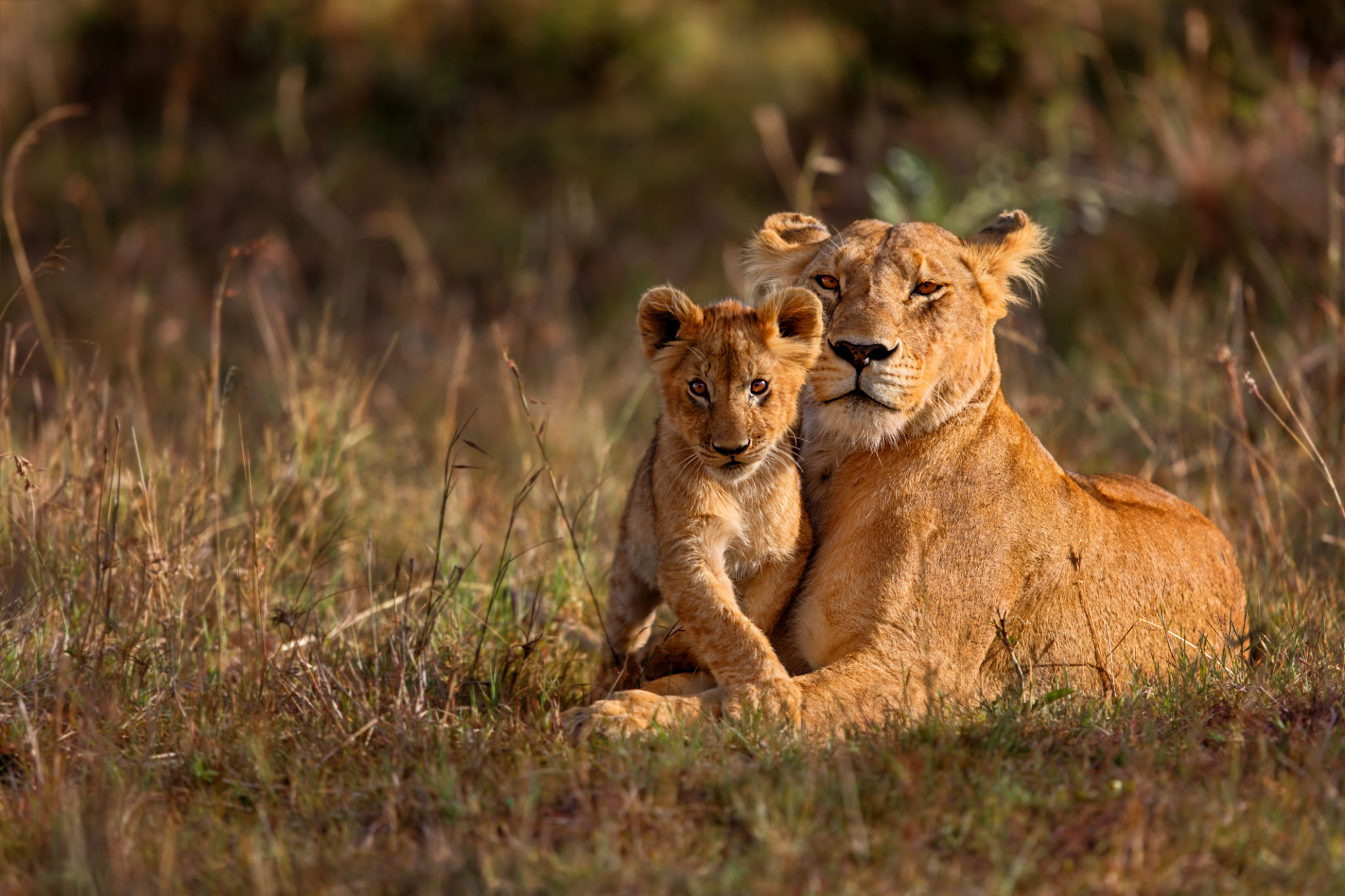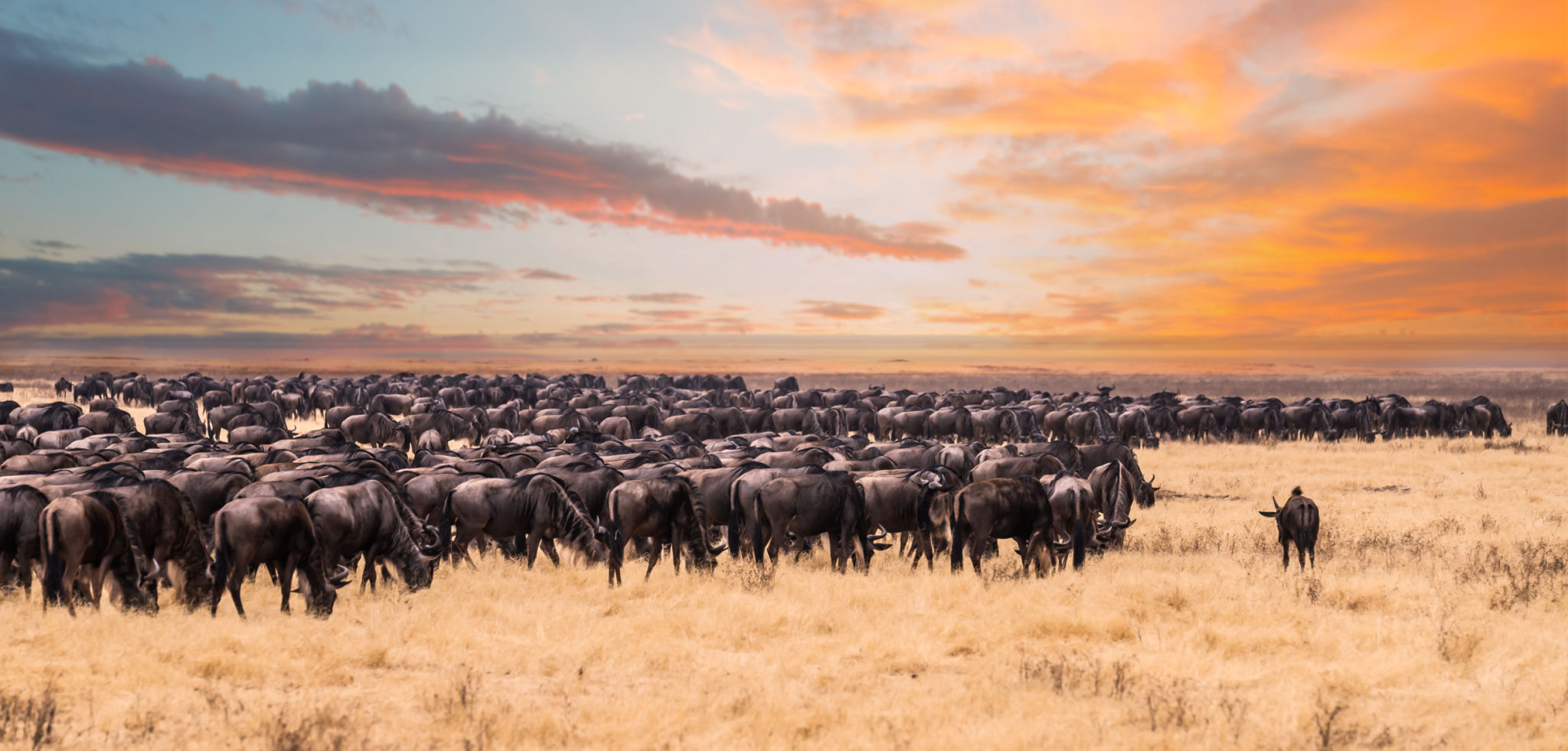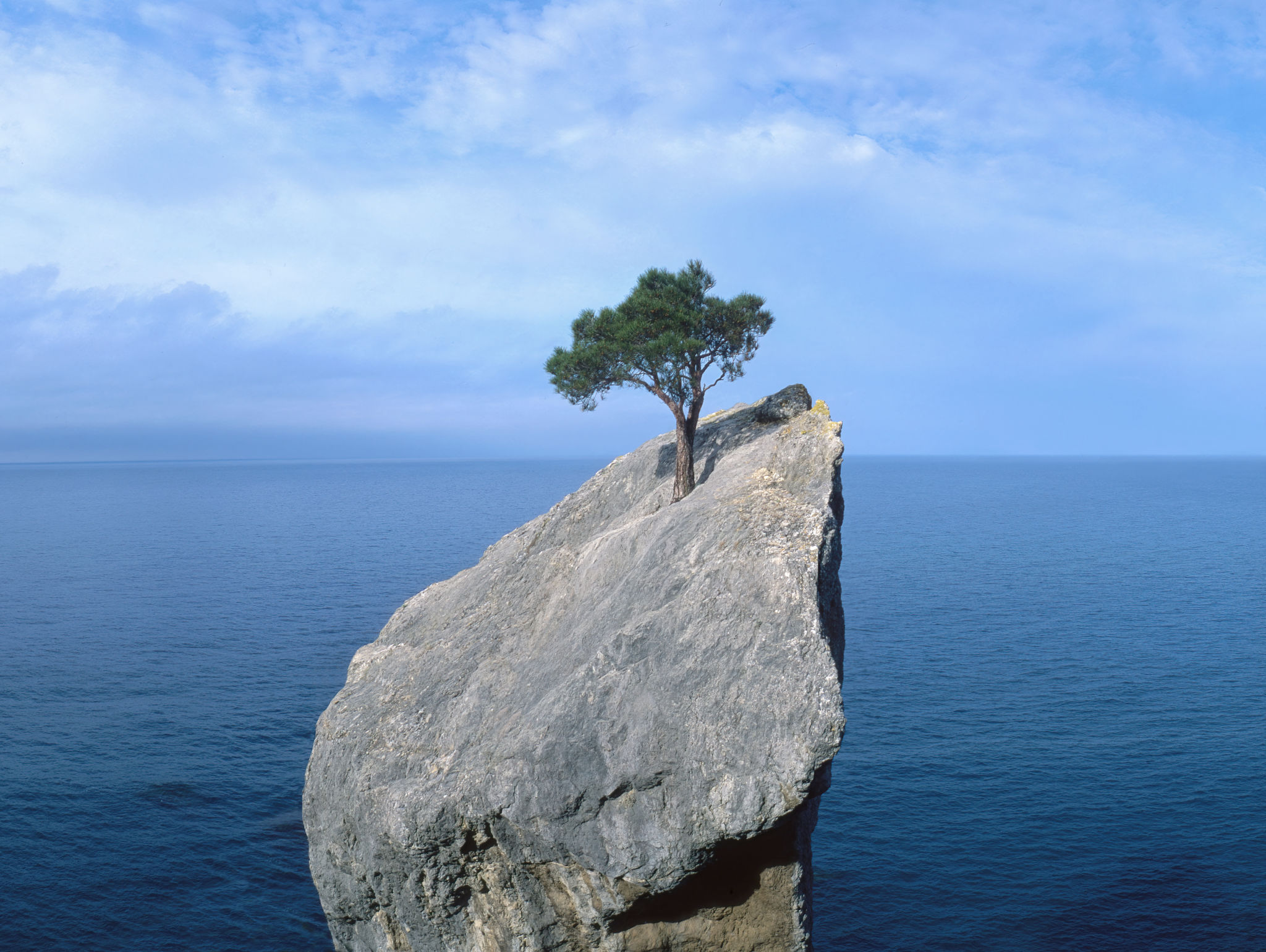How Climate Change is Reshaping African Wildlife Habitats
Understanding the Impact of Climate Change on African Wildlife
The African continent, known for its incredible biodiversity, is facing unprecedented challenges due to climate change. This global phenomenon is altering weather patterns, impacting ecosystems, and reshaping wildlife habitats across the region. As temperatures rise and precipitation patterns fluctuate, the effects on African wildlife are becoming increasingly evident.
One of the most significant impacts of climate change on African wildlife is habitat loss. Many species are finding it difficult to adapt to the rapidly changing environment. The delicate balance of ecosystems is disturbed, leading to a cascade of effects on flora and fauna. As habitats shrink or transform, animals are forced to migrate, often into human-populated areas, intensifying human-wildlife conflict.

Shifting Ecosystems and Migration Patterns
Climate change is causing ecosystems to shift, pushing species out of their traditional ranges. Animals such as elephants and lions are migrating in search of suitable habitats and food sources. This migration not only threatens the survival of these species but also affects the communities that rely on them for tourism and livelihoods.
Increased temperatures and erratic rainfall are influencing plant growth, which in turn affects herbivores and, subsequently, predators. This domino effect disrupts entire food chains, posing a severe threat to biodiversity. The once stable Serengeti ecosystem is a case in point, where changing rainfall patterns are impacting the great wildebeest migration.

Threats to Endangered Species
Many already endangered species are at greater risk due to climate change. The African penguin, for example, is struggling with declining fish stocks caused by ocean temperature shifts. Similarly, amphibians like the Kihansi spray toad are vulnerable to changes in water availability and temperature.
Conservation efforts are becoming increasingly challenging as climate change accelerates habitat degradation. Protecting these species requires innovative strategies that account for shifting climate conditions and involve local communities in conservation efforts.

Adapting Conservation Strategies
To combat the effects of climate change, conservationists are developing adaptive strategies. These include establishing wildlife corridors that allow animals to migrate safely between fragmented habitats. Moreover, community-based conservation initiatives are gaining momentum, empowering local populations to play a crucial role in preserving biodiversity.
Conservationists are also leveraging technology, such as satellite mapping and drones, to monitor environmental changes in real-time. This data-driven approach enables timely interventions and more effective management of wildlife habitats under threat from climate change.
The Role of Policy and Global Cooperation
Tackling the impact of climate change on African wildlife requires concerted efforts at both national and international levels. Governments need to implement policies that mitigate climate change effects while ensuring sustainable development. Additionally, international cooperation and funding are crucial for supporting conservation initiatives across Africa.
Global awareness and advocacy play a vital role in driving policy changes and securing the resources necessary for conservation. By prioritizing climate resilience, we can help safeguard African wildlife and their habitats for future generations.

